How to get rid of wasps: top tips to deter these pests from your home and yard
Our guide is full of advice on how to get rid of wasps safely, including natural methods and ways to tackle a nest
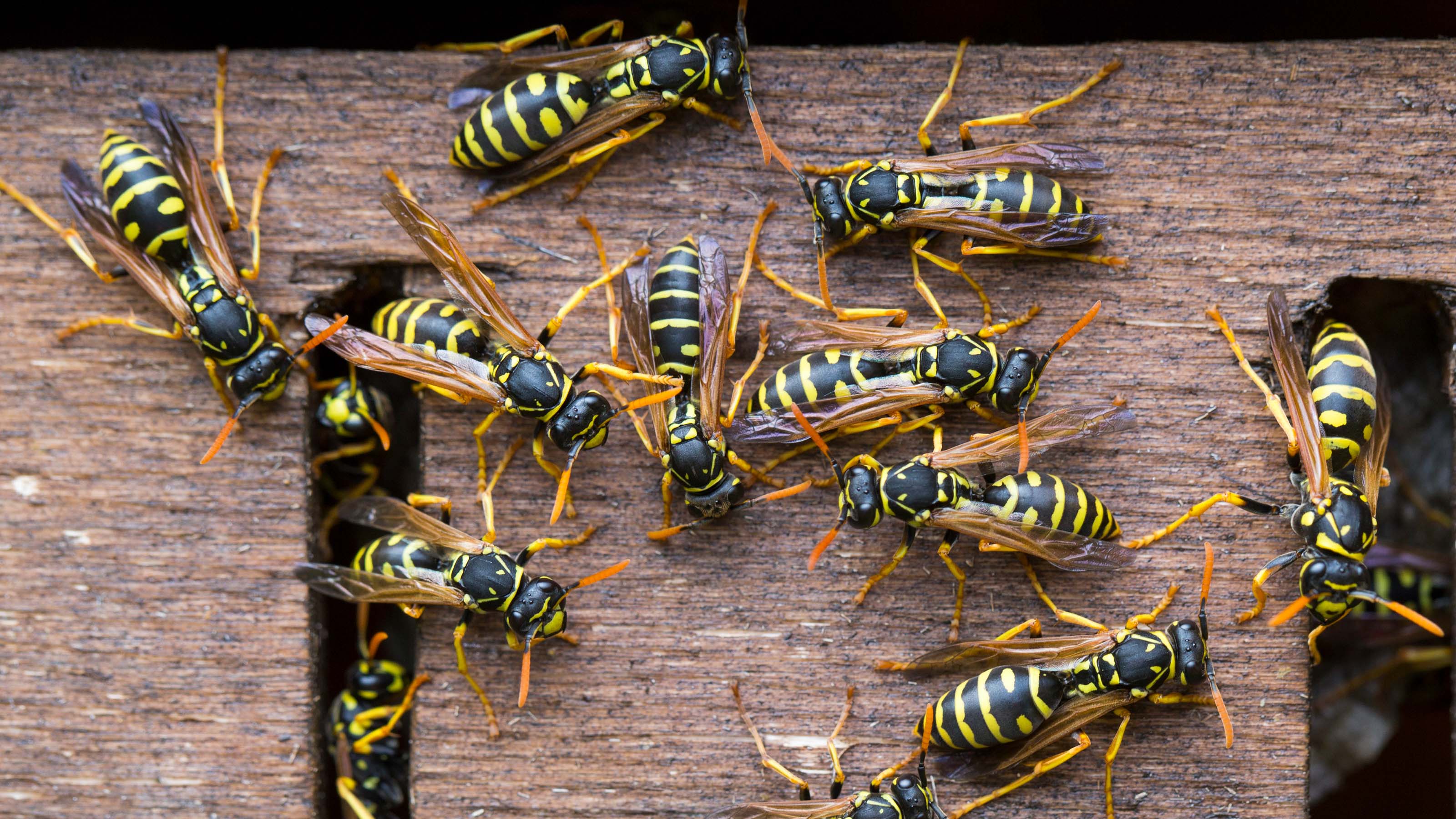

Need to know how to get rid of wasps? Whether you want to deter the odd one from buzzing around your garden party or need to tackle a nest, you'll find plenty of advice here.
When the weather warms, the wasps come out, much to many people's dismay. There's a reason why these small striped creatures instil fear in both the young and old – their sting is painful and often, seemingly unprovoked. For some, it can cause allergic reactions – serious ones which require immediate medical attention. Naturally, having just one or two hovering overhead can dampen what would otherwise be a relaxing alfresco mood.
However, just like in our guide on how to get rid of ants, there are a few ways to deter these insects from being such a nuisance. We cover some easy tips below so that you can enjoy your backyard in peace.
How to get rid of wasps: simple tips for keeping them away from your plot
'Wasps can be a worry to residents, so we'd urge people to take steps to avoid attracting them and be on their guard for any signs of an infestation,' says Aviva.
'Where possible, people should avoid interaction with wasps and leave them alone,' they continue. Wasps, you see, will sting when they feel threatened, and unlike honeybees, they can keep stinging without harming themselves in the process. What's more, as the BPCA (British Pest Control Association) explains, a wasp in distress emits a pheromone that calls for backup from nearby colony members.
However, there are some tips you can try to keep them away in the first place. If you've spotted an infestation, that's another matter (and we'll get onto it later).
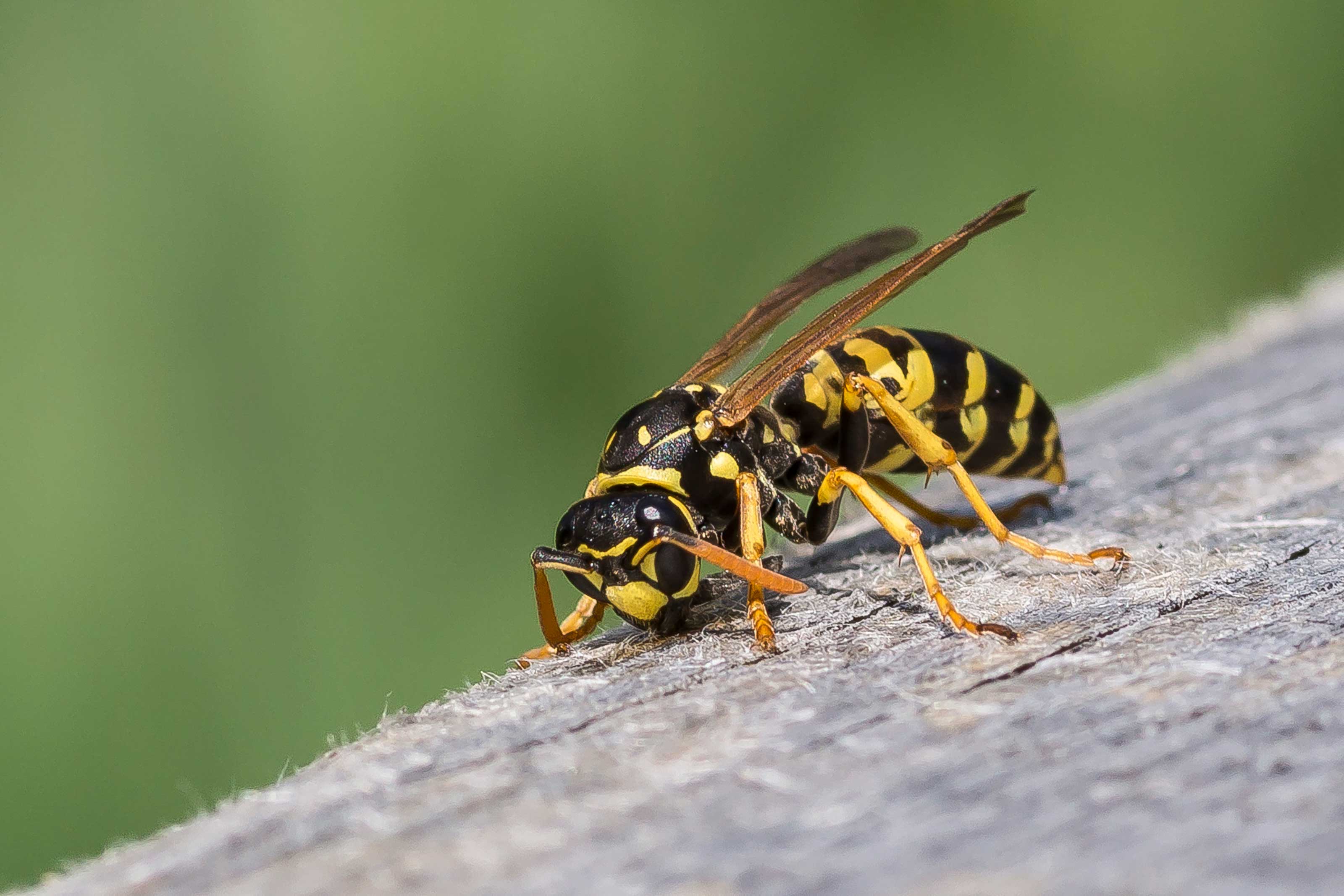
Wasp stings are painful, but if you're allergic, they can be lethal
1. Use the power of peppermint
'Wasps and hornets are found in almost every garden over summer, but instead of running away and hiding food from them, consider using peppermint to repel them,' says the team at GardeningExpress.
'Spray the areas of the home that are frequently covered in wasps by diluting some peppermint oil in water, one part to five. Planting peppermint in the garden will also deter the little critters, giving you space to enjoy eating alfresco in peace.'
As well as its wasp-deterring qualities, mint is also useful if you need to know how to get rid of squirrels in the garden. Plus, it's great to have on hand for pepping up summer salads and drinks. Our guide on how to grow mint has lots of great tips.
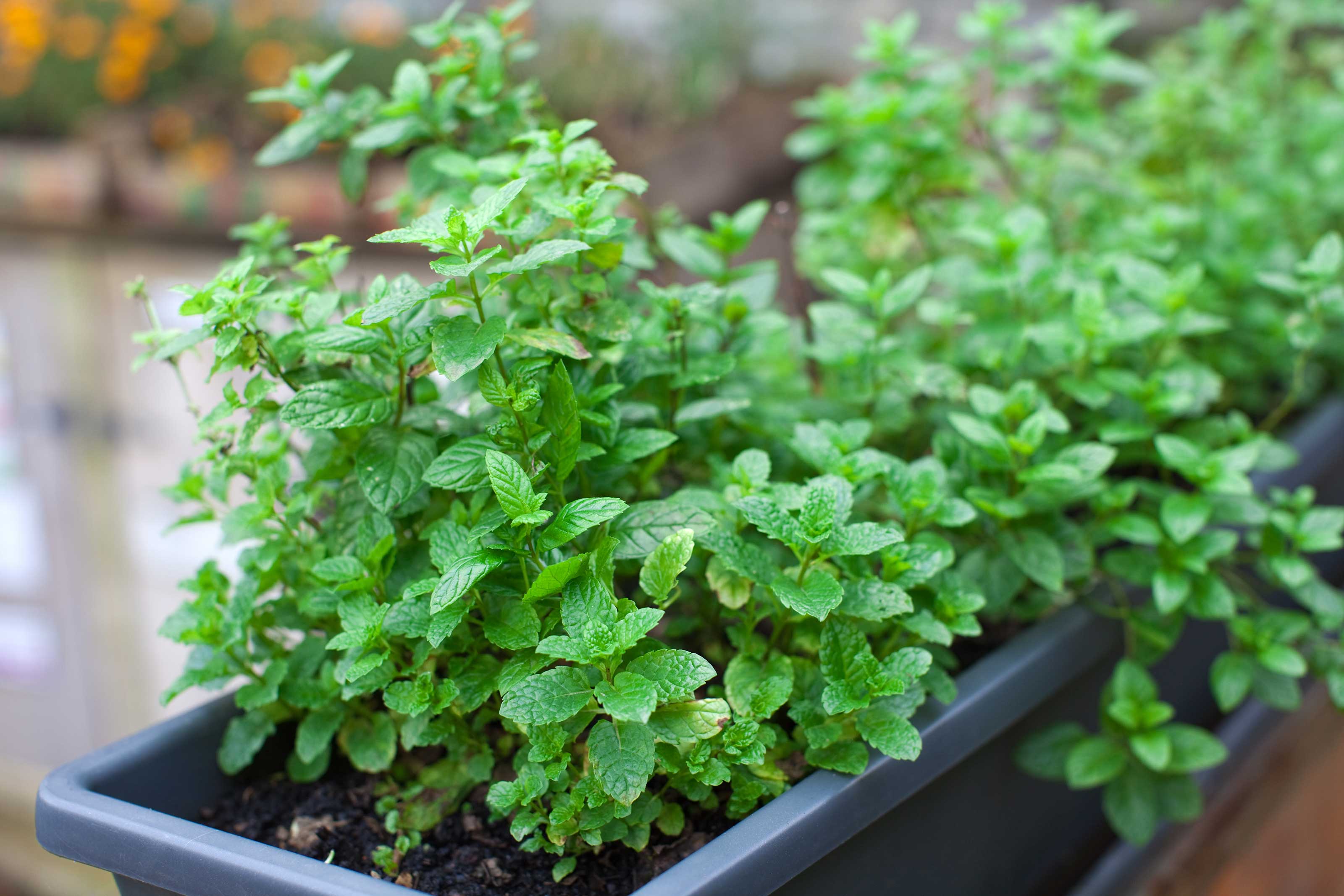
Potted peppermint can help to ward wasps off
2. Opt for other aromatics
There are other strong-smelling botanicals that you can use if you want to know how to get rid of wasps naturally. For instance, both citronella and thyme can be strategically placed to repel wasps from an area, as explains Bryan McGee, Structural Pest Control Manager at Services for Education (SSC). So, consider planting thyme around your outdoor seating ideas, or investing in a citronella candle.
You can also turn to essential oils of clove, lemongrass, and geranium. These can be combined with water to make a repellent spray that can be applied to repel wasps from an area during an event, like a picnic or outdoor wedding, continues Bryan.
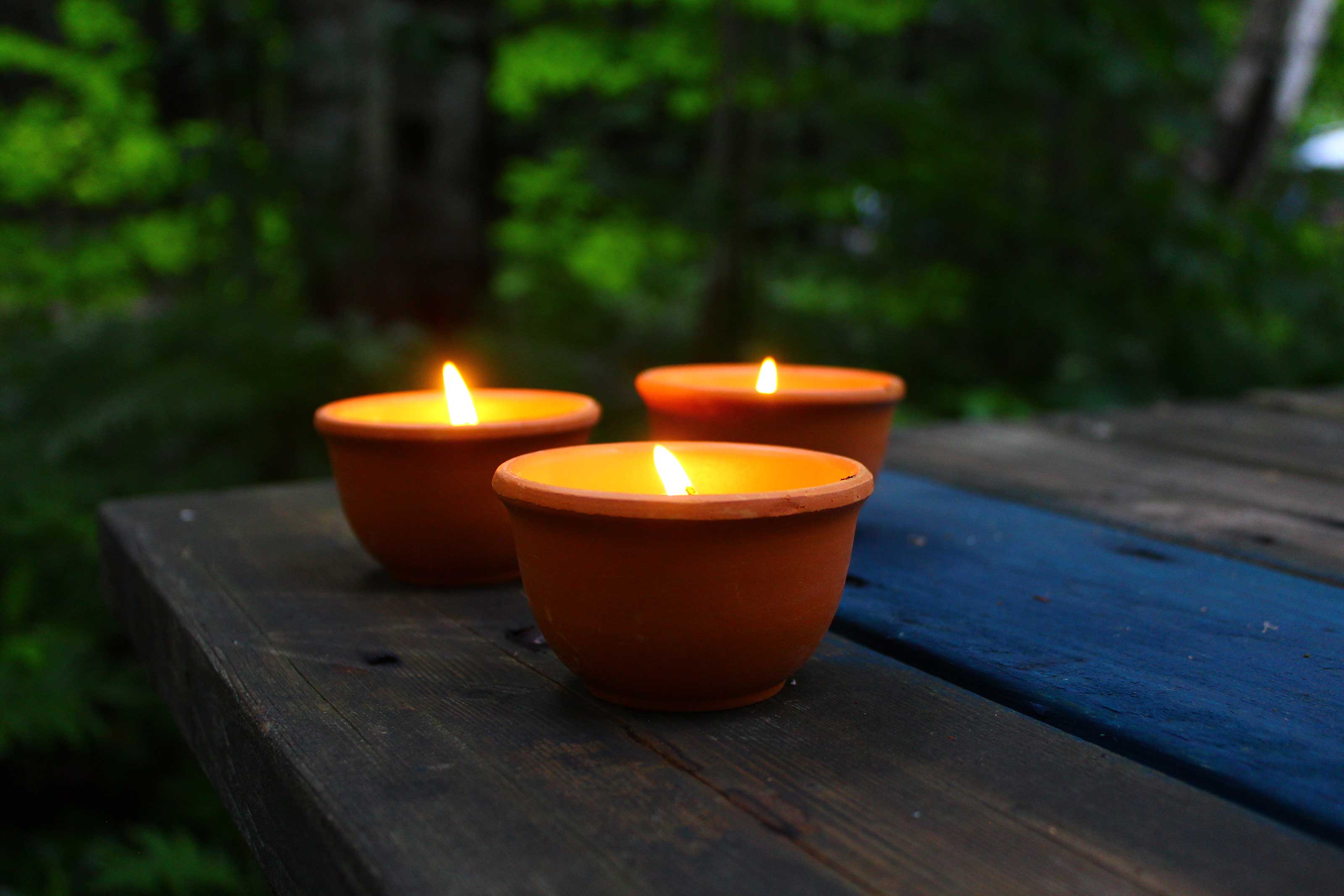
Try a citronella candle to deter wasps
3. Keep food covered
Wasps are on the hunt for a free meal, so one way to deter them from spoiling the mood is to keep any food and drinks covered as much as possible.
For starters, keep your backyard's bins tightly sealed and away from your seating zone. And, when it comes to outdoor dining ideas, avoid leaving food out in the open: cover dishes once they've been served and clear empty plates and leftovers away immediately.
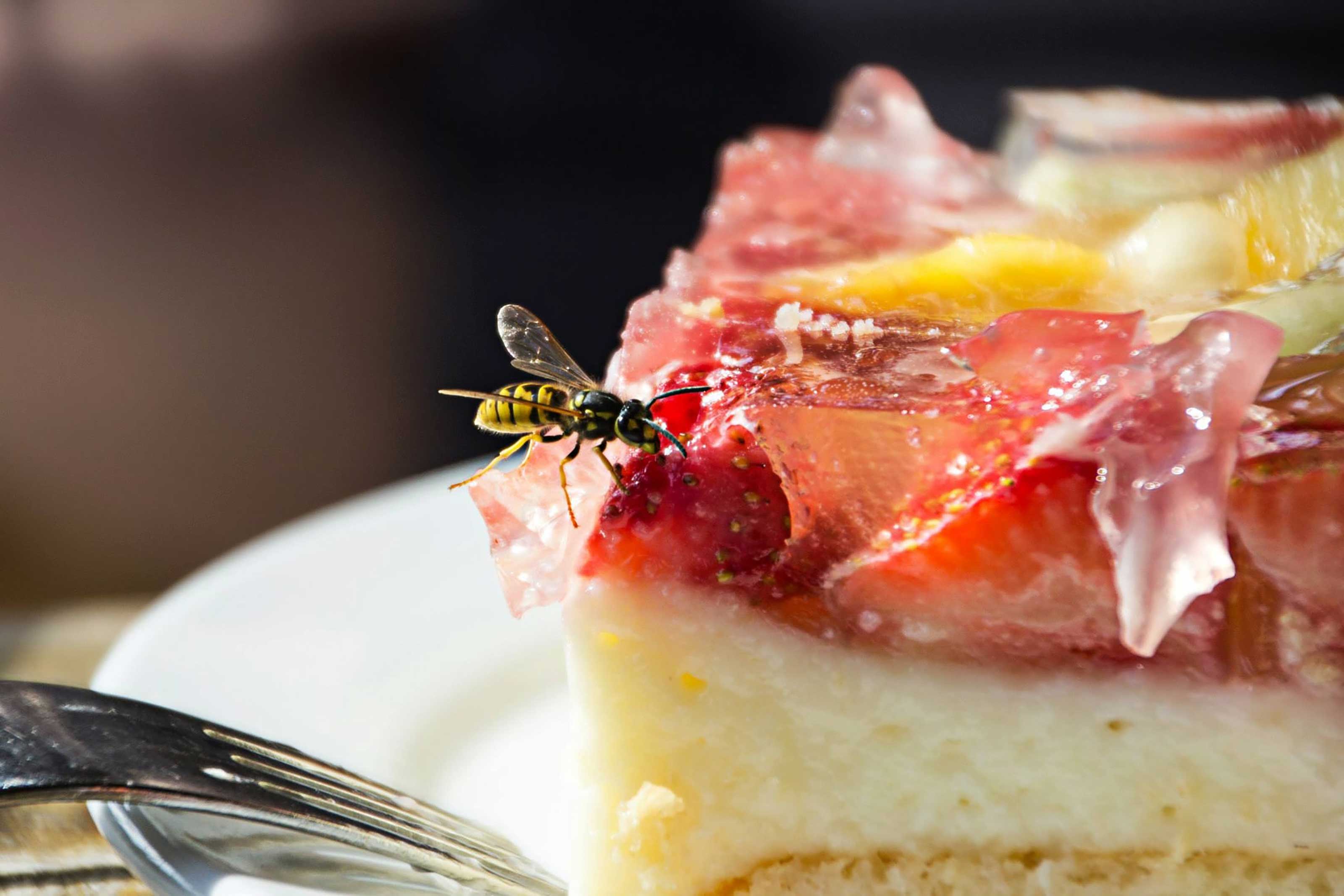
Any uncovered food will attract wasps
4. Consider adding screens to your windows
If you're tired of trying to ward out wasps from your home, then consider installing insect screens to your doors and windows, suggests Aviva.
They are easy to attach, inexpensive, and will allow you to keep a summer breeze flowing through without having to worry about buzzing intruders. You can always take them down again during the cooler months.

Attachable screens can prevent wasps from entering your home
5. Make a DIY trap
You can also try using traps, as says Bryan McGee, Structural Pest Control Manager at SSC.
'There are traps that can be purchased for wasps but there are many homemade traps that can also be very effective,' he says.
One of the most popular DIY approaches is to cut off the top of a plastic bottle, flip it upside down, and then reattach it with tape to the bottom part, to act as a funnel. Grease the inside of both sections before you attach them back together using oil to prevent wasps from climbing back out. Bait then gets poured into the vessel, to lure the insects in. Bryan recommends proteins like lunch meat or sweets like honey, or jellies and jams. 'Add a bit of vinegar to keep bees away from the traps,' he adds.
You can then hang the trap from a tree or your garden fence (safely away from your seating area) by carefully punching holes into the top and adding string.
Traps can come in useful if you need to know how to get rid of carpenter bees, too.
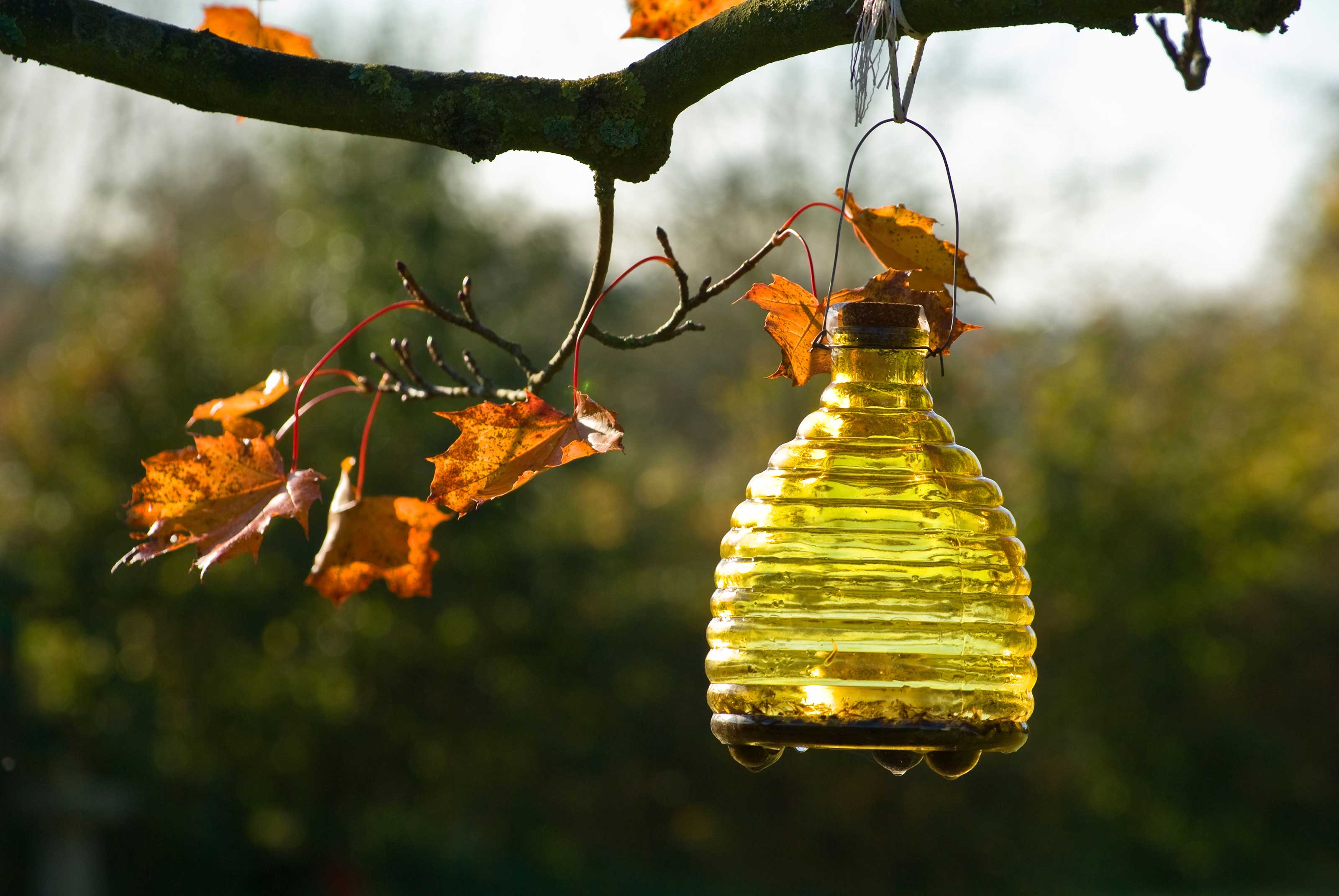
You can buy traps online or from a store, or make your own
6. Use a commercial insecticide spray
If you're looking at a bigger problem than the odd one or two, then you'll need to take a different approach when tackling how to get rid of wasps. Remember, en masse these insects can be very dangerous, and you should never deal with a wasps' nest if you think you might be allergic to stings, advises the BPCA. So, as Aviva says, the safest and most sensible course of action would be to contact a professional pest control company or your insurer if you have suitable cover. They will be able to treat and eliminate the wasps.
If you feel confident to take on an infestation yourself, then you'll need to turn to commercial insecticides. These can be effective in dealing with small nests in the early spring, says BPCA, however they're unlikely to help with a large, established nest – for that, you'll need to call in the pros.
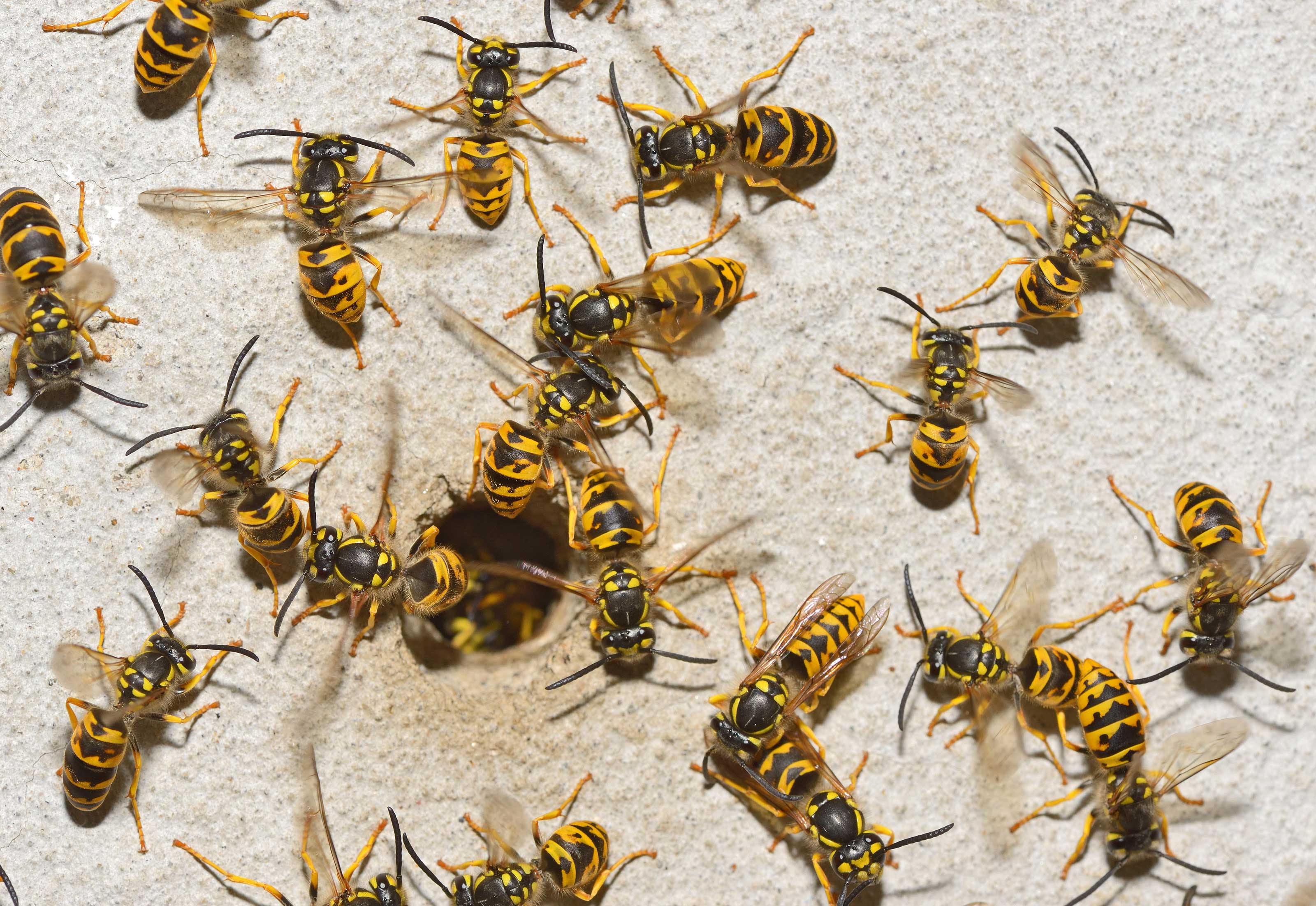
If you've got a big wasp problem on your hands, it's better to call in the professionals
'Safety should be the first consideration when removing wasps,' says Bryan McGee of SSC. 'Personal Protective Equipment (PPE) for the task may include protective clothing like cotton coveralls, gloves, protective eyewear/goggles/facemask, a hat/bee hood/veil, and even protective footwear.
'Items needed for the job may include ladders, dusters, extension poles, scrapers, putty knives, caulk guns, expanding foam applicators, web removal heads, trash bags, and specialized aerosol pole extension adapters,' he continues. 'Sometimes power tools like drills or saws are needed to access areas where wasps have chosen to build nests. You may even need water hoses with sprayer ends or pressure washers to remove some types of nests.'
Aerosols are the most commonly used product for wasp removal, Bryan says. The benefits of this approach include quick knock-down – some of these products can be almost instant. What's more, these products can often be applied from as far as 25 feet away or more using an extension pole and aerosol extension adapter, providing even more protection. 'Drawbacks are that they can be messy and may drift to non-target areas when winds are a factor,' Bryan adds, 'and they can be a poor choice for wasps in cracks or voids.'
- Need more pest-deterring advice? Our guides on how to get rid of aphids and how to get rid of slugs in the garden have plenty.
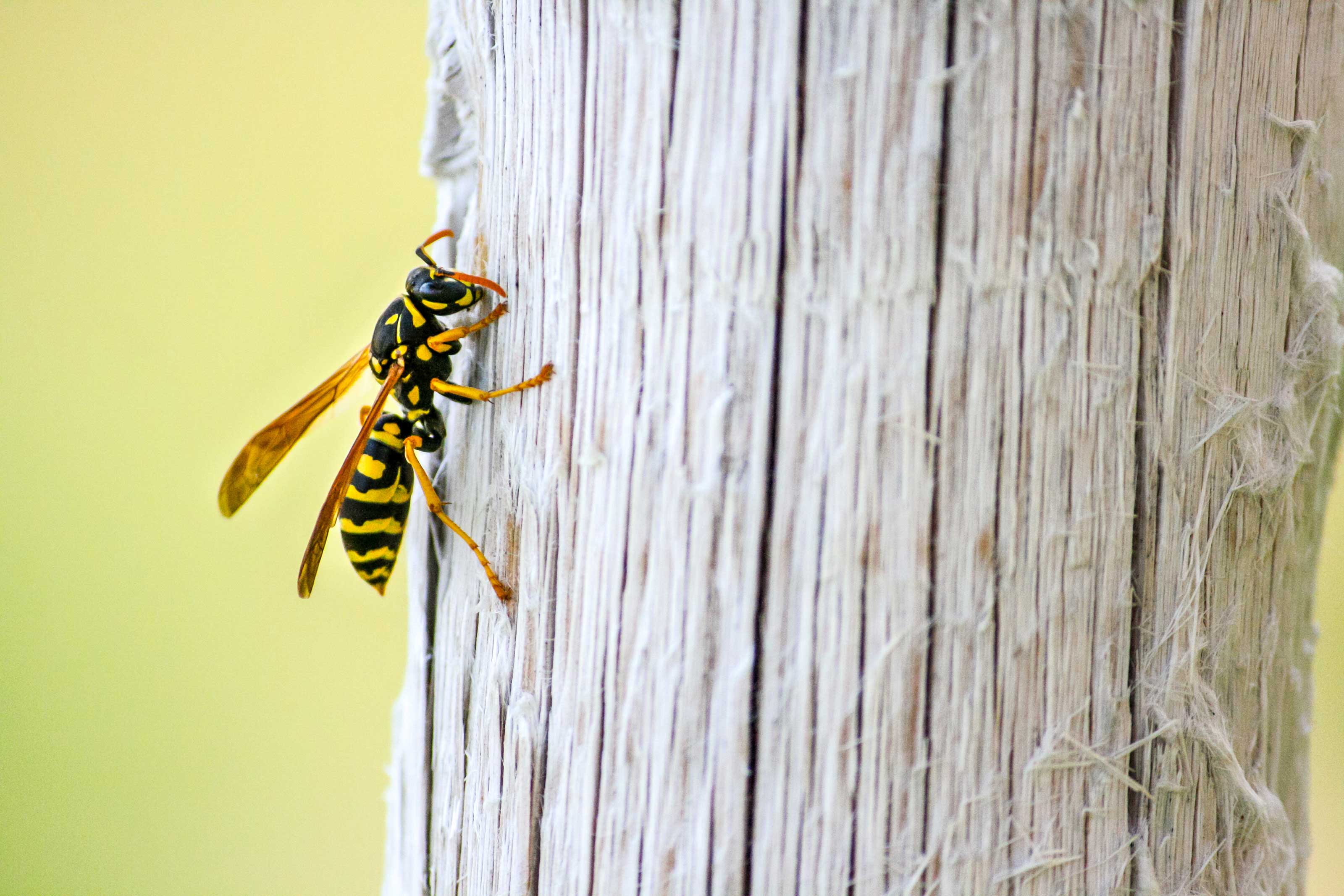
Even one or two wasps can disrupt a relaxed ambience
7. Try insecticide dust
Alternatively, you can use insecticide dusts if you need to know how to get rid of wasps on a larger scale. 'These are a great choice for treatment in void areas like walls,' says Bryan McGee of SSC. 'They do not provide the quick knock-down of an aerosol but they have great residual effectiveness.
'One of my favorites is DeltaDust – a few puffs of this waterproof dust from a bellows duster into a crack or void can provide excellent control that can be effective up to a year.'
Don't forget that the chemicals in both aerosols and insecticide dusts can have adverse effects on beneficial pollinators as well as wasps though. As Aviva says, 'check that any control methods are designed to only impact wasp infestations and do not harm other insects.' Keep them well away from children and pets too. Speaking of which, our guides on how to design a child friendly garden and the most poisonous plants for dogs are full of useful advice for keeping your loved ones happy and safe.

Both insecticide dusts and aerosols can be effective at getting rid of wasps, but be very careful when using them
How do you identify a wasps' nest?
If you're not exactly sure what you're looking for when it comes to identifying a wasps' nest, then Aviva explains:
- Look out for swarming insects 'It's pretty normal to see the odd wasp entering your home during the summer months, but larger numbers or a swarm indicate there is likely to be a nest somewhere nearby,' Aviva says. To identify the location of a nest, carefully watch the flight path of the returning wasps to your property, garden, garage or even your shed. It's easier to spot this in the summer months, as the wasps will be far more active.
- Listen for a buzzing noise 'Wasps buzz very loudly when building their nests,' explains Aviva. 'Often you'll be able to hear signs of activity.' Can't see a nest? A loud, continuous noise might suggest there's one hidden in a loft or out of sight on a property.
- Keep an eye out for physical structures Wasps’ nests are usually brown or grey in color and can resemble a rugby ball or balloon, says Aviva. A swirling pattern tends to be visible on the outside of the nest and an entry point can usually be seen towards the bottom.
It's a good idea to regularly check your property to ensure all cracks and crevices into your home or shed are sealed, Aviva adds. This will help to prevent wasps from getting in and making a nest.
- If you're dealing with slightly larger intruders than wasps, our guide on how to get rid of skunks in your yard might come in useful.
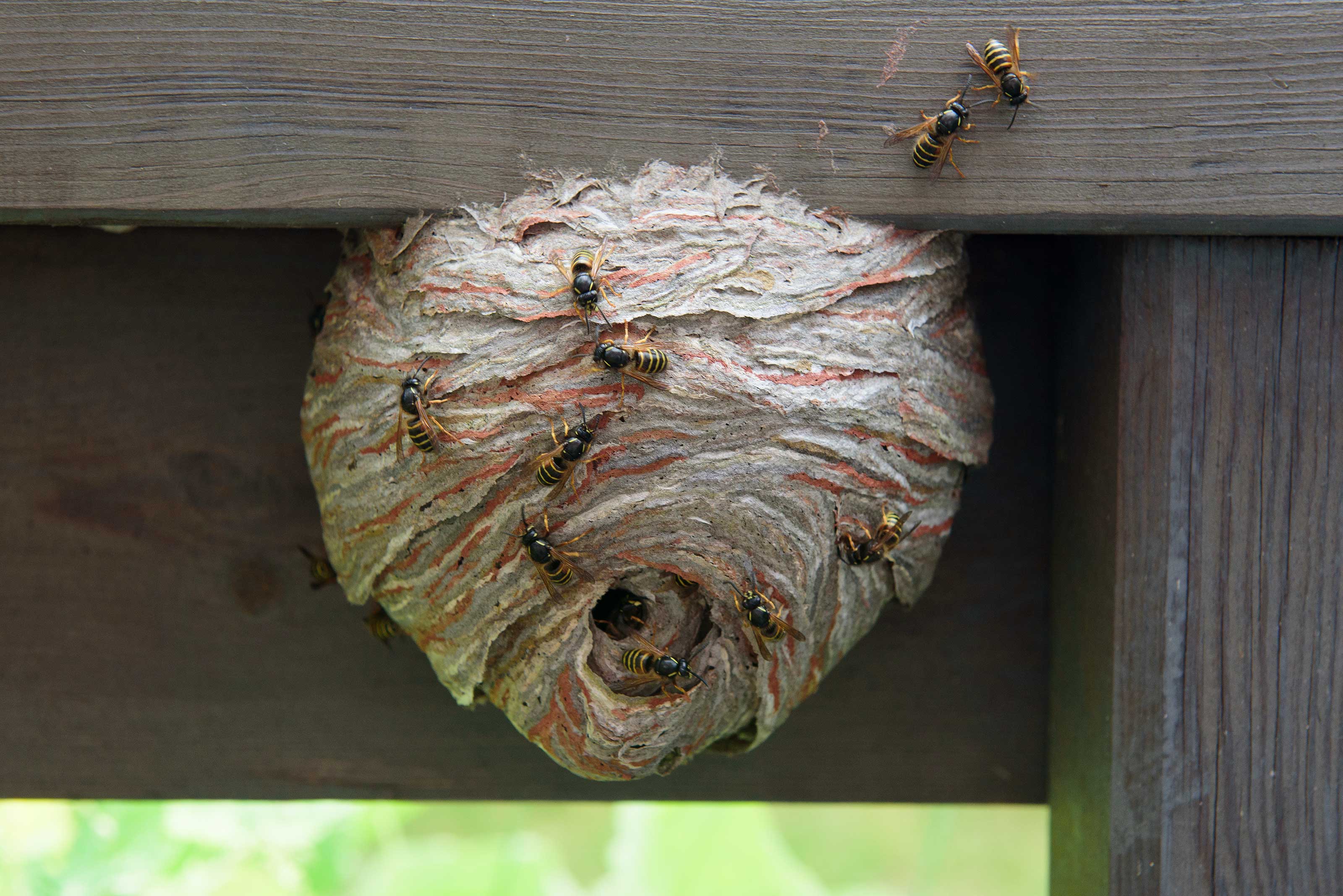
A wasp nest is brown or grey in color
What should you do after you've treated a wasps' nest?
If you've tackled a wasps' test by yourself, there's a few clean-up jobs you'll need to do, as Aviva advises:
- When the wasps are gone, make sure to clean up dead ones to prevent non-target animals like birds from being affected, and remove the nest.
- Nest removal can be as simple as knocking a paper nest down with a gloved hand or can be as involved as performing construction activities to repair eaves to prevent wasps from gaining access.
- Always make sure to seal any holes where wasps have obtaining access to a structure to prevent future infestations. This is where scrapers, extension poles, putty knives, caulk guns, expanding foam and even pressure washers can enter the picture.
'In conclusion, be safe,' they add. If at any time you feel like the task is too difficult for you to perform yourself, call a qualified and reputable pest control professional in your area.

The garden was always a big part of Holly's life growing up, as was the surrounding New Forest where she lived. Her appreciation for the great outdoors has only grown since then. She's been an allotment keeper, a professional gardener, and a botanical illustrator – plants are her passion.
